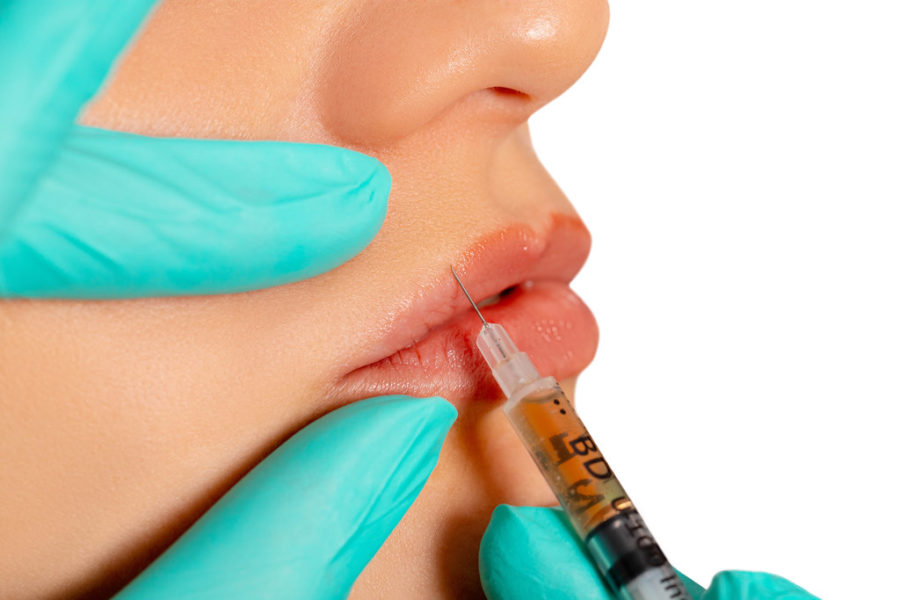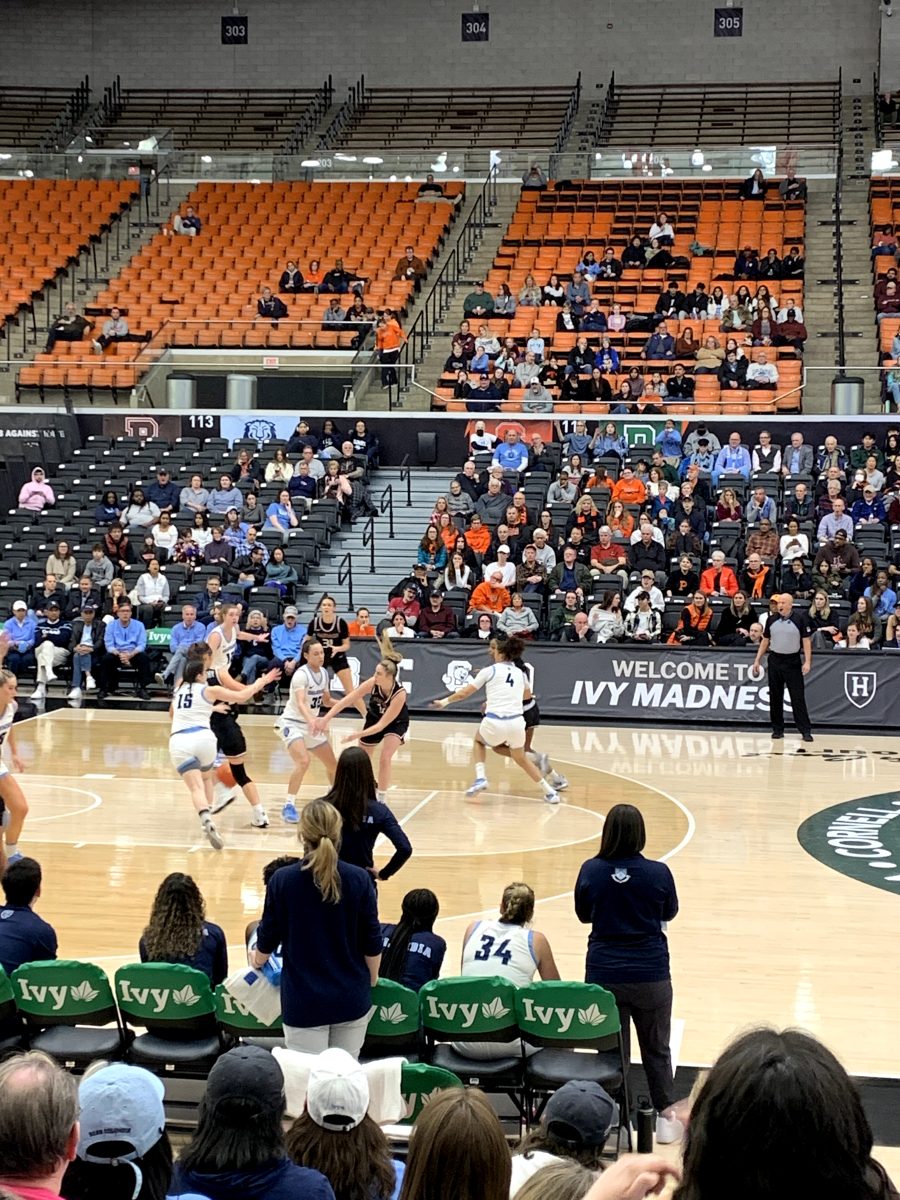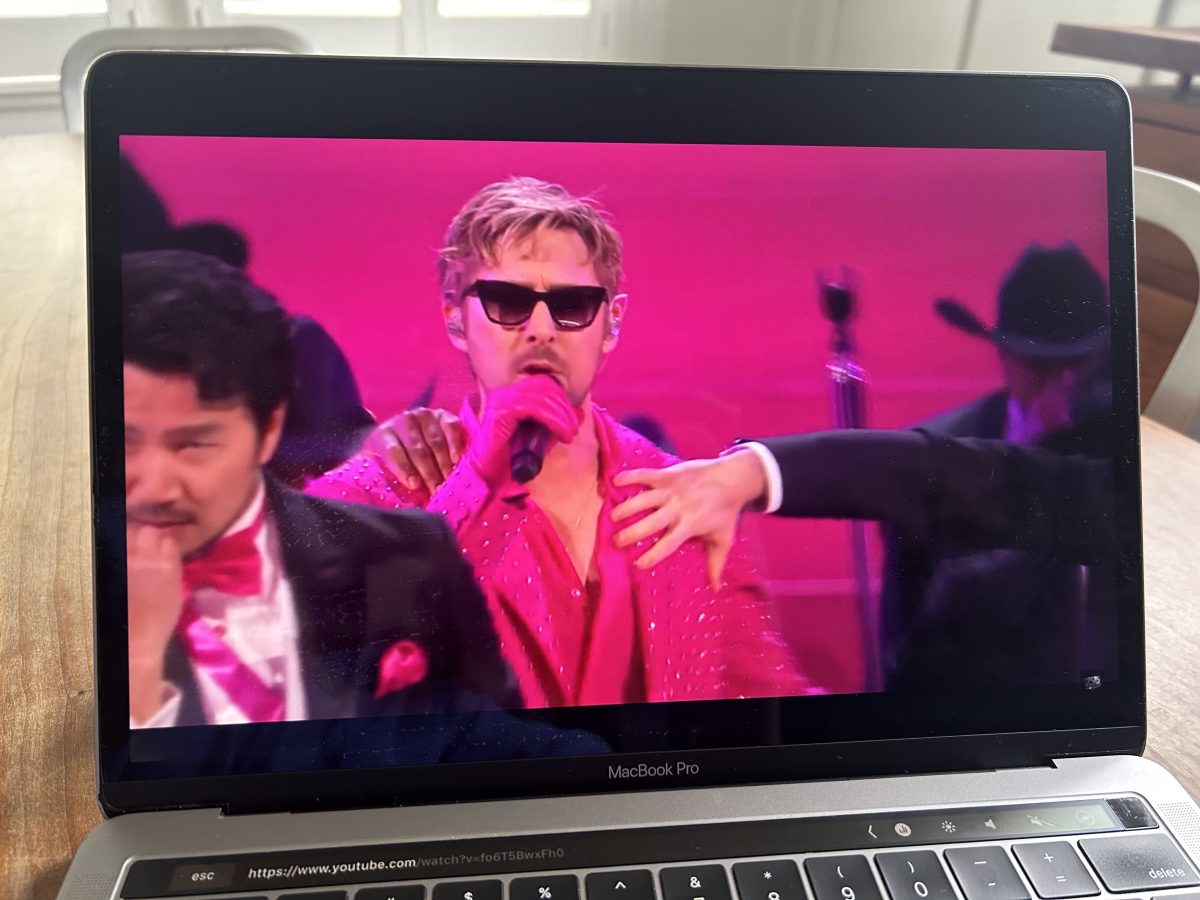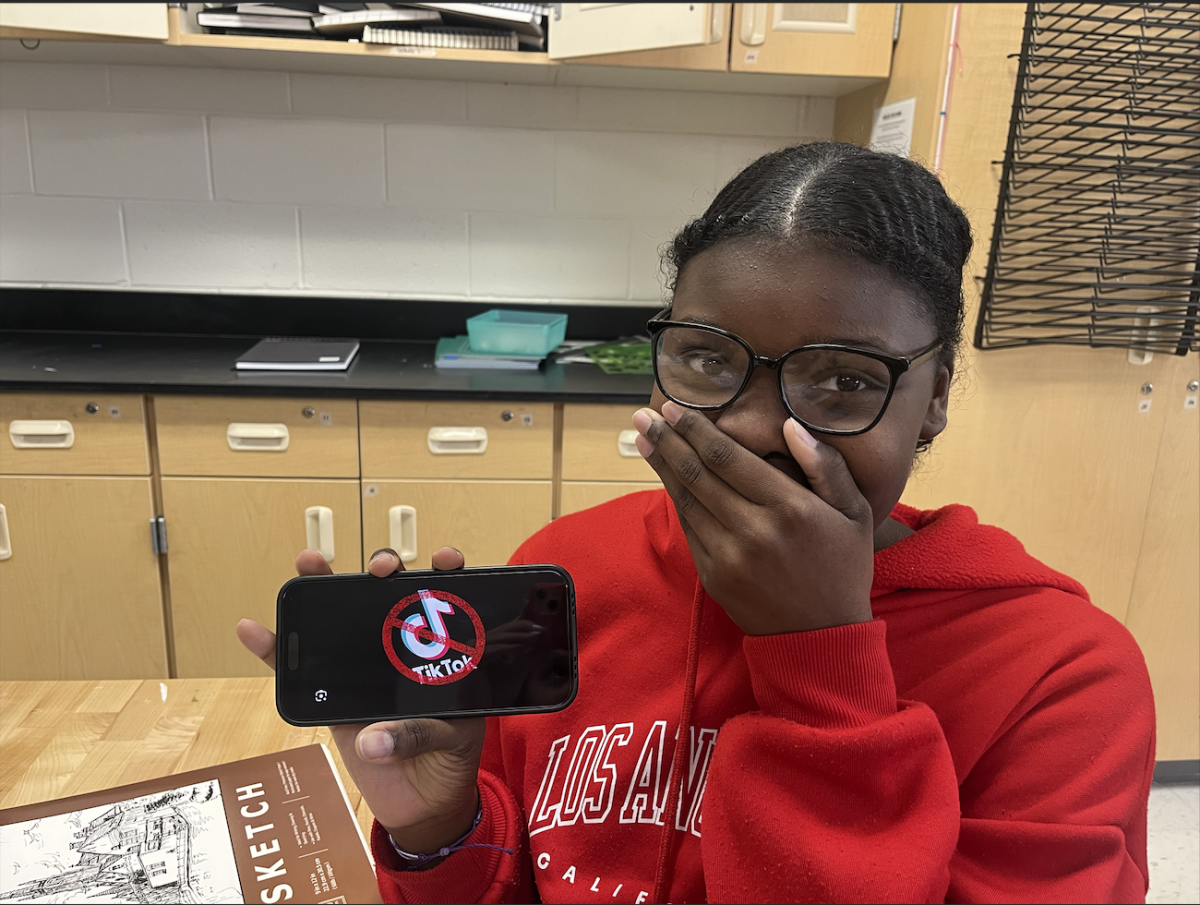Just as trends fall in and out of fashion over the course of history, so do one’s facial features and body type. Women in particular have long adhered to these ever-fluctuating beauty standards, from the full-figure and pale skin of the Victorian Era to the flat stomach and “healthy skinny” of the modern world—and every decade in between.
Due in part to the rising popularity of social media, celebrity culture has developed a striking influence over the beauty industry, dictating the physical features that are “in” and “out.” Platforms like Instagram and TikTok help to foster an idealized figure, with algorithms designed to promote and praise those who best suit a particular pinnacle of beauty.
Users scroll through hundreds of faces a day, yet it is evident that those who often receive the most likes look relatively similar—the same upturned nose, full lips, and slim body frame. Not everyone, however, is naturally equipped with these favorable features. Many seeking validation on these platforms then turn to plastic surgery in order to fulfill a current beauty aesthetic, though it is mostly celebrities who can afford it. Facelifts, for example, cost an average of $9,025—this alone is roughly 16% of the average American salary (reportedly $54,132 in 2022).
While their alterations seem abruptly evident, several stars have denied their past procedures, commonly attributing their “glow-ups” to simply “getting older.” Here’s why this is problematic: cosmetic alterations, especially on top of photoshop and filters, give the illusion that these celebrities have been born without flaw. In today’s world, roughly 70% of teens use social media daily—this is 70% of the most impressionable age group who now have access to this deceptive beauty standard. Many children and teens still cling onto baby fat and have not yet grown into their features, yet their screens are flooded with models in their twenties, several of which had undergone surgeries to achieve their beauty. This not only damages young peoples’ confidence to embrace the features that are unique to them, but simultaneously corrupts their sense of worth.
However, now that a slew of influencers—including Kylie Jenner, Kim Kardashian, and Bella Hadid—have come forward about their procedures, cosmetic surgery has become more of a topic of discussion than ever before. It seems to have sparked a debate of a “dual feminism” of sorts. Some say that plastic surgery allows one to feel more confident, while others argue that the overexposure of an unrealistic beauty standard corrupts the mental health and self-esteem of social media consumers.
Both assertions are entirely valid. However, perhaps the true dilemma rests in how the beauty standard is perceived. The plastic surgery market was estimated to have a worth of $55.65 billion in 2022, projected to climb to $71.93 billion by the end of the decade. These figures reflect the common misconception not just in America but across the world, that one’s worth can be equated to their beauty. Although the standard of past decades have been quite restrictive, the current definition of beauty is still relentlessly narrow. If this definition was broadened, inviting every race and body type, this could likely erase the overarching need to find confidence through surgery.
Equally, however, cosmetic alterations must become less of a taboo topic of discussion. Celebrities uphold the responsibility to influence the way their followers perceive both themselves and society as a whole. Yet when they receive criticism in regards to their cosmetic surgeries, they may hesitate to admit to them in the future. They grow more likely to hide the truth, which consequently damages their follower’s perception of “natural beauty.” If they were encouraged to be open about their procedures, however, this would provide a sense of critical transparency, squashing the misconception that they were naturally born to fulfill the beauty standard.








